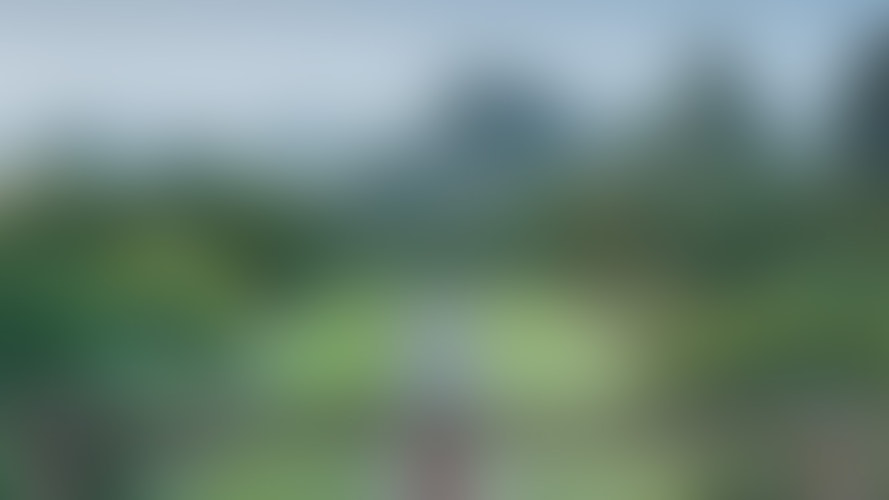Once the plant material required had been identified, availability was another issue.
Harry had already contacted many seed houses to track down original varieties and he grew some of the plants himself. Cannington students also propagated some of the plants from seed and from plant material already available at Hestercombe.
The timescales involved meant that it became necessary to source many of the plants from nurseries. Blooms of Bressingham in Norfolk supplied much of the herbaceous material. Other plants came from Hilliers, Ingwersens, Scotts of Merriott and Sunningdales.
Some of the plants Jekyll had used, such as the single and double forms of the British soapwort, Saponaria officinalis - although quite common - proved difficult to find through commercial nurseries. Later, as the fame of the garden grew, bundles of other hard-to-find plants began to arrive through the post, sent by gardeners from many parts of the country who had read about the restoration in the newspapers and seen it on television.
